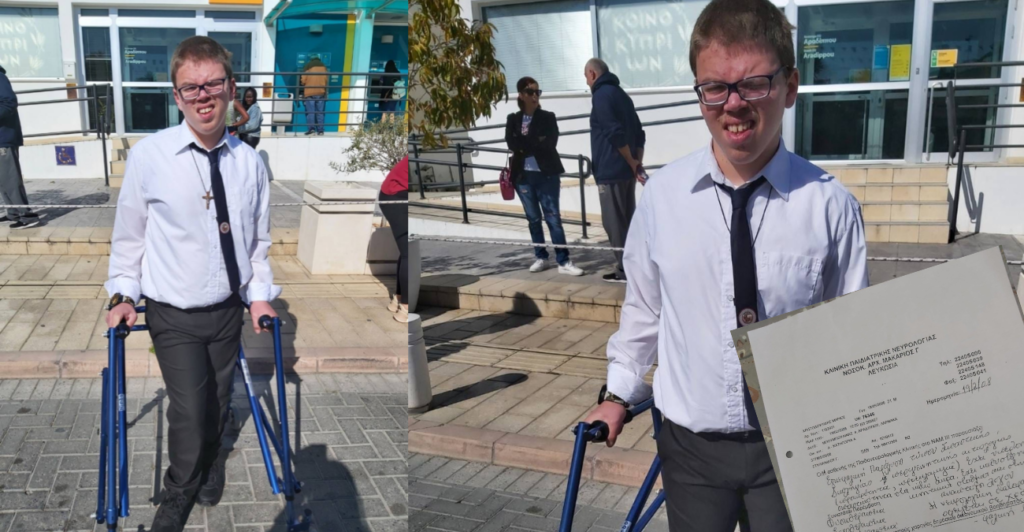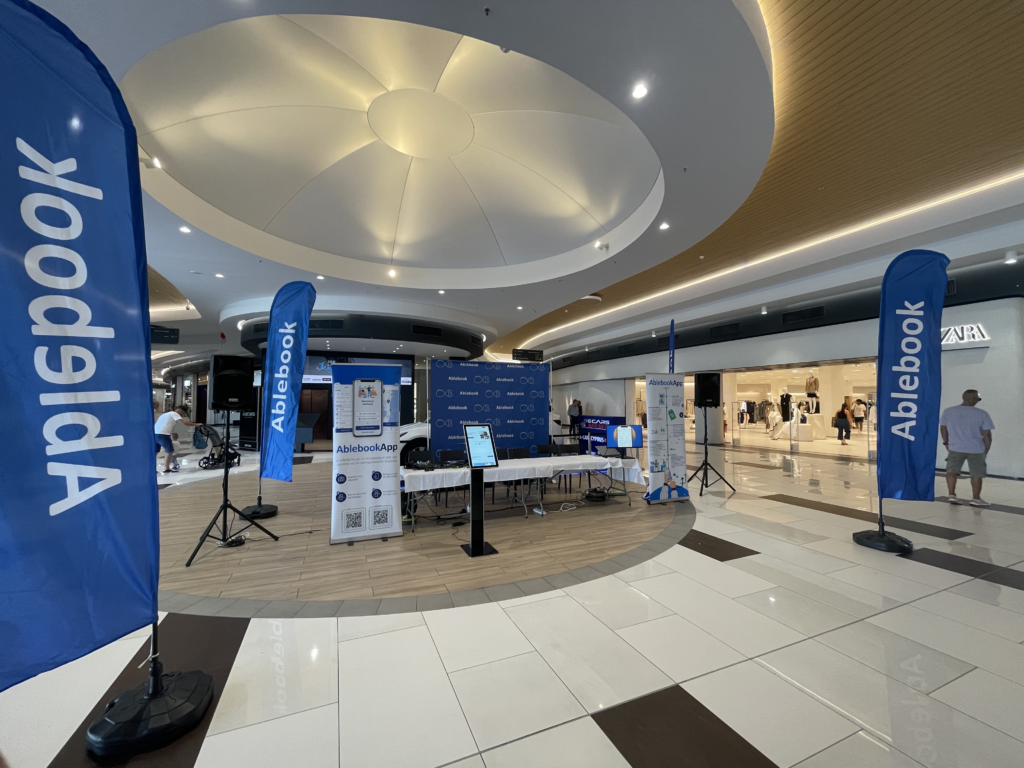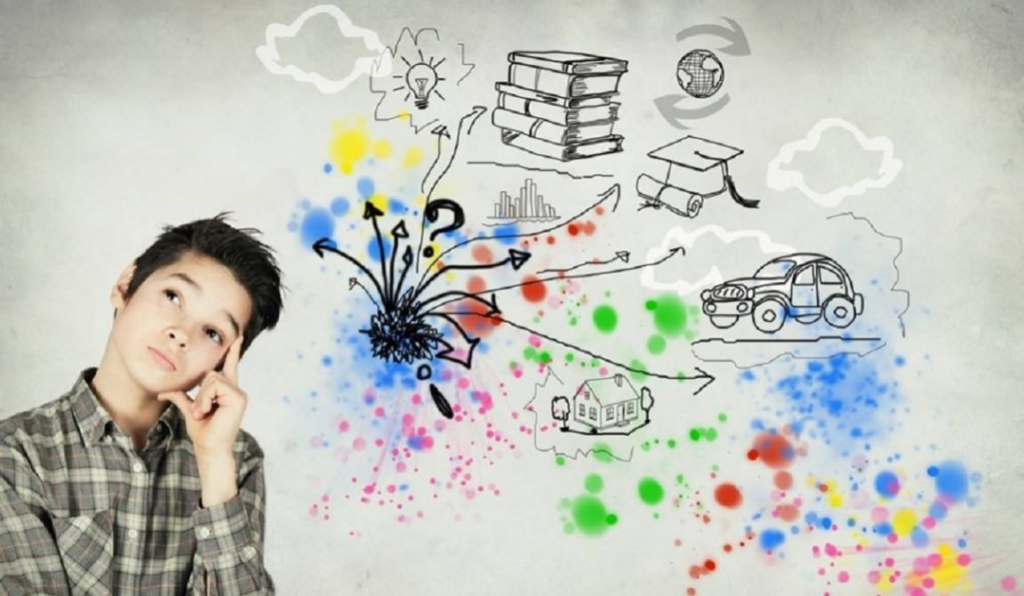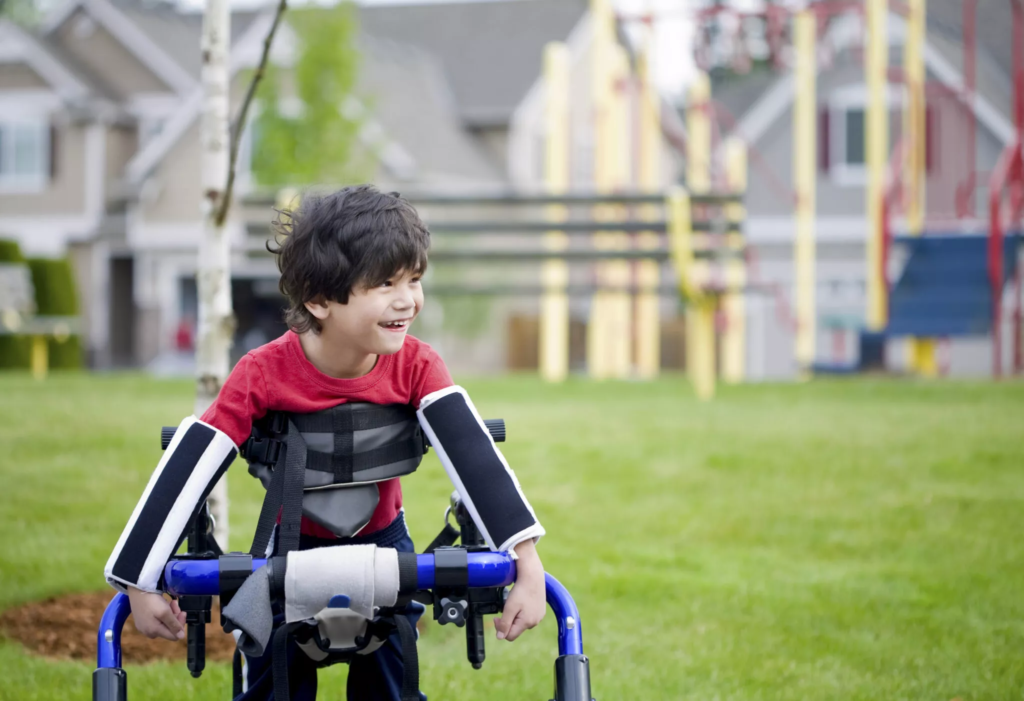Have you ever found yourself so deeply absorbed in what you’re doing that time passes by very quickly? Perhaps it’s playing a musical instrument, reading an exciting book, or learning a new skill.
For individuals who do not have ADHD (Attention-Deficit/Hyperactivity Disorder), this state of flow can be a pleasant or productive way to spend time. However, for those who suffer from ADHD, periods of hyperfocus can be both a blessing and a curse.
Hyperfocus is not an official symptom of ADHD. In fact, it sounds contradictory to what ADHD is more widely known for, which is inattention and lack of focus.
However, ADHD is not really a deficit of attention; it’s more of an abundance of attention. The challenge lies in learning how to regulate and control it.
When this excessive focus is not managed properly, you can experience what is known as hyperfocused ADHD. The good news is that you can learn to recognize hyperfocus and find ways to keep it under control!
At this point, I’d like to demystify many of the experiences that a person with hyperfocus goes through and address some misconceptions or misunderstandings. I want to delve into things like hyperfocus, overstimulation, “selective hearing,” “attention-seeking behaviors,” and emotional dysregulation.
A common characteristic for many neurodivergent individuals is the difficulty of verbally expressing what they are experiencing. They can sit in their own little world, and without the pressure of anyone standing in front of them, they let the words swell from within and flow out from their fingertips onto their laptop. Most, if not all neurodivergent individuals, long to share and have their stories heard.
“Hyperfocus, at least for me, feels almost like a way of being. I don’t feel like I choose my hyperfixations. I feel like they choose me, like a stray cat that shows up one day and decides it’s your pet now. Many of my hyperfixations have taken me by surprise, but one thing I know is that every hyperfixation feels like a Christmas gift from my brain.
Uruguay. Where is that? Oh, they speak an indigenous language more often than a colonial one? Tell me more! You mean mushrooms function like an internet network for trees? I’ll take five books. I just got a tattoo, and now I’m going to buy a tattoo suitcase on my hand and spend hours watching documentaries about the historical and cultural significance of tattoos.
Hyperfocus means I can quickly memorize a list of the 54 regions of Greece because I like the look of maps and I enjoy geography. It means I did really well in math class because there was nothing nice to look at or daydream about, but I excelled in history because the past is full of good stories and questions.
Hyperfocus feeds dopamine. That’s what those of us with ADHD desire. And that’s why every new fixation feels like Christmas. There’s a special kind of magic, almost like a new crush, when I discover a new hobby, and I’m ready to let my mind go on this adventure.”
What is ADHD Hyperfocus?
Hyperfocus occurs when you become fully immersed in something that interests you. This intense focus on a single topic can make you spend more time and energy on it than you intend to. If left unchecked, hyperfocus can lead to negative consequences and disrupt your daily functioning.
Individuals with ADHD are more likely to experience this heightened state of focus more intensely and frequently. In an ADHD hyperfocus state, you may disregard the passage of time and what is happening around you.
When you re-enter reality, you may become disoriented from your surroundings, as if coming out of a “trance.” It may also take some time to regain your orientation and adjust to “real life.”
If you have ADHD, you are more likely to become engrossed in something enjoyable or satisfying. This happens because ADHD changes how your brain perceives reward and satisfaction. Remember that this doesn’t make you a “lazy” or “irresponsible” adult. A brain with ADHD is simply wired to process information, stimulation, and pleasure differently than a brain without ADHD.
ADHD Hyperfixation vs. Hyperfocus
The terms ADHD hyperfixation and hyperfocus are often used interchangeably, but they refer to two different phenomena. ADHD hyperfixation refers to an intense and often prolonged state of concentration on a specific activity or object. This can lead to happiness, satisfaction, and sometimes increased productivity.
However, if not properly managed, a person may invest more time and effort into it than they can afford financially, neglecting their personal needs, duties, and everyday responsibilities. People with ADHD are more likely to experience symptoms of hyperfixation compared to those without ADHD.
On the other hand, ADHD hyperfocus refers to deep focus on a specific task or activity. Anyone can tap into this “flow state,” which is described as being fully dedicated to a task without internal distractions, fatigue, or boredom. Research also shows that this can increase productivity and is often associated with a sense of accomplishment.
While these two phenomena may be somewhat similar, hyperfixation is fueled by intense passion or interest in the activity. In contrast, hyperfocus is guided by tasks and often comes with clear goals and a strong sense of direction.
Controlling and regulating hyperfixation can be challenging. On the other hand, with hyperfocus, you can intentionally induce a “flow state” and adjust it as you wish.
Examples and Signs of Hyperfocus
When uncontrolled hyperfocus in ADHD occurs, a person may have an unhealthy obsession or addiction to a hobby, activity, or object. This is usually associated with the following signs:
- Losing track of time
- Disconnecting from the environment
- Neglecting roles and responsibilities
- Ignoring personal needs
- Struggling to stop or change activities
- Getting caught up in small details
Hyperfocus manifests differently from one person to another. Someone with ADHD may engage in a hobby like knitting or painting, or they might become engrossed in a random activity like cloud watching.
At times, this hyperfocus can be beneficial. Someone fully engrossed in a work-related task or project can dedicate hours to complete it without being distracted.
However, in other cases, it may affect how a person manages their daily tasks and responsibilities. For instance, someone who is deeply engaged in an activity might forget to eat, take a shower, or complete an important assignment.
The overflow of attention associated with ADHD is not necessarily a burden. You can harness this attention towards your current goals when you learn how to direct your focus.
How to Overcome Hyperfocus and Redirect Your Attention
You can overcome ADHD hyperfocus with professional support and proper strategies. Here’s how you can effectively manage your attention and make the most of it:
Set Healthy Boundaries
If you realize that a specific hobby or interest is taking up more and more of your time, try to set clear time boundaries for these activities. Here’s how you can set boundaries effectively:
- Create a daily or weekly time limit for the activities or hobbies you’re fixated on.
- Specify a time of day when these activities are allowed. For example, you can schedule them toward the end of the day to ensure you remain focused when working or studying.
- Define the conditions under which you’ll allow yourself to engage in these activities, such as after exercising or during designated free time.
- Ask friends and family to help keep you accountable by staying in touch with you.
Schedule Regular Breaks
Incorporate frequent breaks into your activities to prevent excessive immersion in them. Schedule a 5-10 minute break for every 30 minutes you dedicate to your favorite pursuits. During these breaks, you can have a snack, take a quick walk, or do something that helps you shift your focus away from the activity.
Stepping away from what you’re doing can prevent overindulgence in the activity and help you reorient your perception of time and reality.
Explore New Skills and Interests
Diversifying your range of hobbies makes it less likely that you’ll become excessively fixated on a specific activity. Challenge yourself by trying a new sport, learning a foreign language, or picking up a musical instrument. Volunteering is another great way to find enjoyment and fulfillment. When trying something new, it’s a good idea to approach it with healthy boundaries in mind.
Seeking advice and support
Seeking advice and support is crucial when dealing with ADHD hyperfocus. With a stable support system and professional guidance, you can manage your time and resources more effectively. Collaborating with a psychologist can create a safe space for discussing different strategies to help you avoid hyperfocus triggers, set firm boundaries, and prioritize daily activities.
Additionally, your psychologist may recommend Cognitive Behavioral Therapy (CBT) to assist you in managing ADHD hyperfocus and other related symptoms. This form of therapy can enhance motivation and focus while helping you address habits that affect your productivity and progress.
Utilize Tools and Resources
Effective time management is essential when dealing with ADHD hyperfocus. You can use various tools and resources to maximize your productivity, keep yourself focused, and better manage your time.
For example, consider using a time management app to create a daily schedule with time blocks for work and leisure. Additionally, you can try the Pomodoro Technique using a simple timer. This widely used time management method divides activities into intervals separated by short breaks.
A productivity app can help you track your daily responsibilities, ensuring that you complete everything you need to before indulging in leisure activities. ADHD hyperfocus doesn’t have to be the enemy of your productivity. It’s a common experience for individuals with ADHD, especially when engaging in activities they find interesting.
The tendency for hyperfocus doesn’t mean you have to stop doing activities you enjoy. What’s important is to establish the right boundaries, have a support system, and employ strategies to prevent these interests from taking over your life.
Source: Notos Press




















